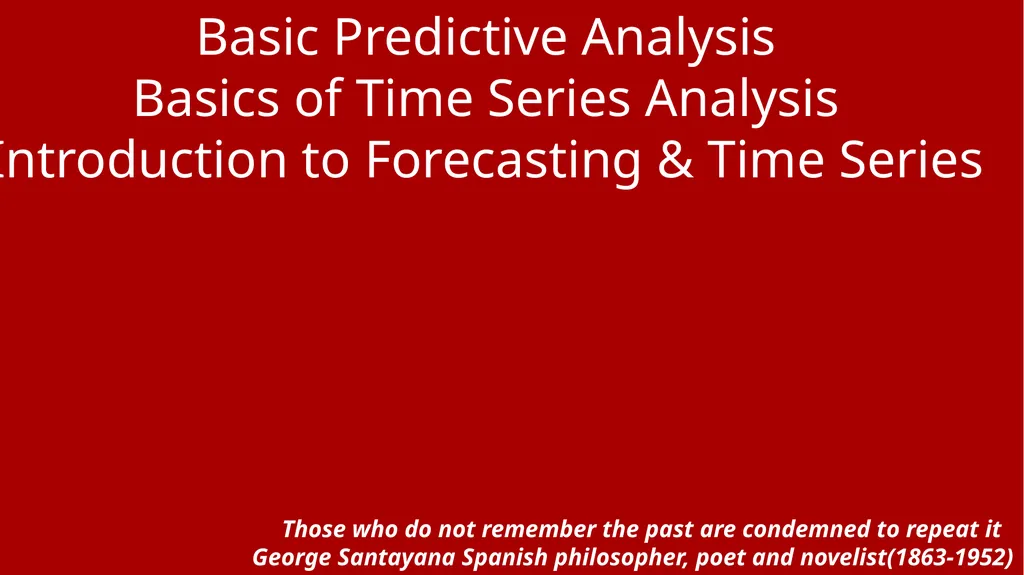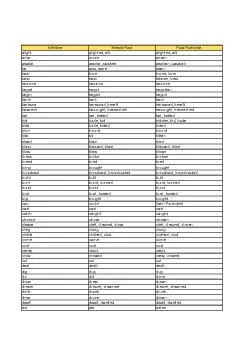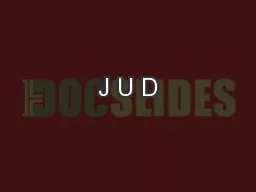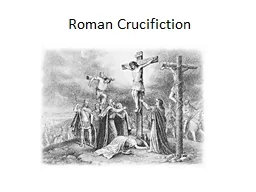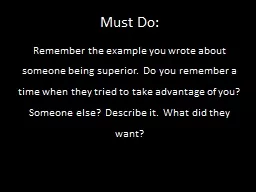Those who do not remember the past are condemned
Author : alida-meadow | Published Date : 2025-06-27
Description: Those who do not remember the past are condemned to repeat it George Santayana Spanish philosopher poet and novelist18631952 Basic Predictive Analysis Basics of Time Series Analysis Introduction to Forecasting Time Series Introduction
Presentation Embed Code
Download Presentation
Download
Presentation The PPT/PDF document
"Those who do not remember the past are condemned" is the property of its rightful owner.
Permission is granted to download and print the materials on this website for personal, non-commercial use only,
and to display it on your personal computer provided you do not modify the materials and that you retain all
copyright notices contained in the materials. By downloading content from our website, you accept the terms of
this agreement.
Transcript:Those who do not remember the past are condemned:
Those who do not remember the past are condemned to repeat it George Santayana Spanish philosopher, poet and novelist(1863-1952) Basic Predictive Analysis Basics of Time Series Analysis Introduction to Forecasting & Time Series Introduction to Forecasting and Time Series Forecast: a prediction of the future value of a variable of interest, such as demand. Marketing, finance, and operations are the three key building blocks of manufacturing and service organizations. They all need forecasting for planning, organizing, and budgeting. All Business Processes & Functions Need Forecasting Forecasts are almost always inaccurate- Differ from actual. Forecasts should be accompanied by a measure of forecast error- such as standard deviation or coefficient of variation. Forecasts for aggregate items are more accurate than individual forecasts. Aggregate forecasts reduce the amount of variability – relative to the aggregate mean demand. Standard deviation of sum of two variables is less than sum of the standard deviation of the two variables. Long-range forecasts are less accurate than short-range forecasts. Forecasts further into the future tends to be less accurate than those of more imminent events. As time passes, we get better information, and make better prediction. Four Characteristics of All Forecasting Techniques World Containerized Cargo-2016 US-China Alternative Routes Narvik, Norway Vostochny, Russia Hong Kong, China Singapore Rotterdam, Netherlands Savannah Norfolk New York Prince Rupert, Canada Savannah Norfolk New York Los Angeles Colima, Mexico Ensenada, Mexico Aggregate Forecasts Are More Accurate Forecasts More into Future Are Less Accurate Delphi: A Qualitative Forecasting Method Non-quantitative forecasting techniques based on expert opinions and intuition. Typically used when there are no data available. Delphi Method Subjective, judgmental Based on intuition, estimates, and opinions Expert Opinions Market Research Historical Analogies Quantitative Techniques Time Series Analysis - Analyzing the data on a variable of interest (such as sales, demand, etc.) measured at successive time periods. Moving Average Weighted Moving Average Exponential Smoothing Regression Analysis - Relating a dependent variable (demand) to other independent variables (time, price, income, etc.) Linear – Single-Variable or Multi-Variables Nonlinear - Single-Variable or Multi-Variables Time Series or Causal Measures of Accuracy Mean Absolute Deviation (MAD) Mean Squared Error (MSE) Mean Absolute Relative Deviation (MARD) [Mean Absolute Percentage Error (MAPE)] Tracking Signal (TS) Types of Forecasting- Time Series Systematic & Random Variations - LA/LB Ports 23 Years TEUs Time Series. A relationship between the variable of interest – demand - and time. Systematic Components (Expected) Level (current deseasonalized Trend (growth
